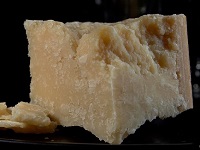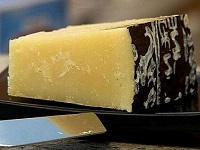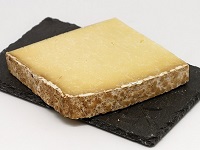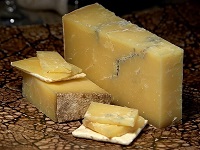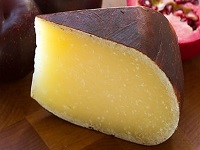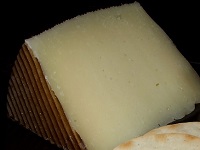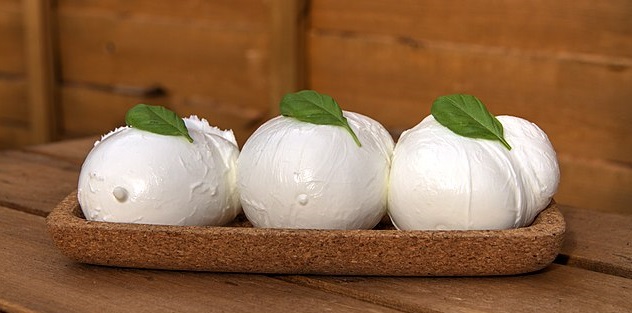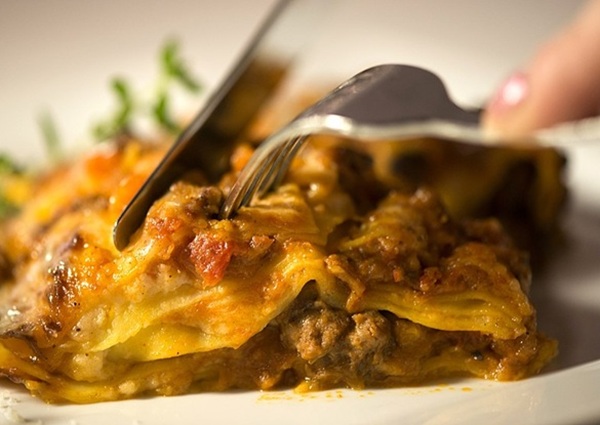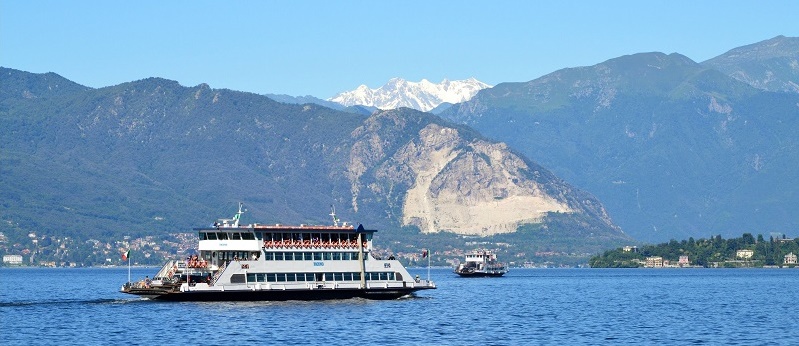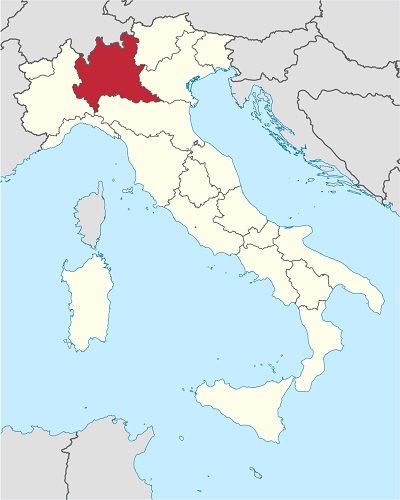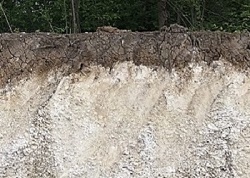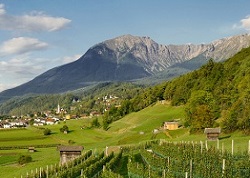Rosso di Valtellina (Italy)
Rosso di Valtellina is a red wine from Valtellina in Lombardia.
It is made from minimum 90% Nebbiolo grapes.
Valtellina Flavors
Valtellina tastes something between Pinot Noir and Syrah.
Raspberry, Sour Red Cherry, Wild Cherries, and Cranberries are typical Valtellina flavors, with hints of Forest floor, Flowers, Herbs, Licorice or Anise, and other Spices.
Raspberry |
Sour Cherry |
Wild Cherry |
Cranberry |
Herbs |
Red Rose |
Violet |
Licorice |
Flavors from Maturation and Aging
Tar |
Mushroom |
Truffle |
Chocolate |
Coffee |
Spices |
Tobacco |
Leather |
Valtellina Profile
Valtellina wines are full-bodied with strong acidity and high tannins:
| SUGAR: | Dry (3 g/l) |
| BODY: | Medium - Full |
| TANNINS: | Medium - High |
| FRUIT: | Medium Plus |
| ACIDITY: | Medium - High |
| ALCOHOL: | 13-14% ABV |
| Serving temperatures: 16-17°C (61-63°F) | |
Valtellina Food Pairing
Valtellina is a powerful red wine. It pairs best with strong and rich flavors.
A classic pairing is white truffles, as Valtellina mirrors the earthy, gamey quality of the truffles.
Truffle |
Risotto |
Rich Pizza |
Hamburger |
Duck |
Pork |
Lamb |
Veal |
Rabbit |
Wild Boar |
Deer |
Charcuterie |
Excellent Pairings
Truffle and Mushroom Dishes.
Risotto with Truffle. Mushroom Pizza.
Pasta with strong Tomato or Truffle Sauce.
Rich Charcuterie. Salami.
Rich Stews. Beef Stew. Ragù. Stroganof.
Meat Pie. Shepherd's Pie.
Duck Brest. Confit. Roast Goose.
Game. Rabbit. Wild Boar. Deer.
Roasted Beef. Lamb. Veal. Liver.
Read Meat. Fillet Steak.
Piemonte Spesialities
Risotto al Tartufo Bianco (White Truffles).
Carne Cruda (Beef Tartare).
Manzo Stufato alla Piemontese (Beef Stew).
Osso Buco (Veal Shanks braised with Vegetables).
Stufato di Coniglio (Rabbit Stew).
Lombardian Specialities
Risotto alla Milanese.
Pizzoccheri (Alpine Fresh Tagliatelle).
The Ideal Glass for Valtellina
The Bordeaux Glass was designed for enjoying fuller-bodied, tannic red wines.
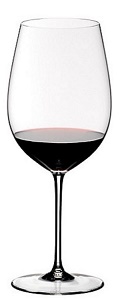
|
They are taller than other red wine glasses, and has a slimmer bowl.
The slimmer bowl directs the wine to the back of your mouth for a maximum taste. The size also allows the bouquet of the wine to develop, smooth out rough edges, play down tannins, and allow the wine to achieve balance. |
If You Like Valtellina
You Might Also Like:
Italian Wine Laws DOC(G)
Italian DOC wine law and labels was introduced in 1963.
The Italian DOC system was designed to copy the French AOC system.
Each bottle must have a numbered government seal, and the DOC rules must define:
- Grape varieties
- Yield limits
- Grape ripeness
- Winemaking procedures
- Barrel and bottle maturation
- Tasting procedures
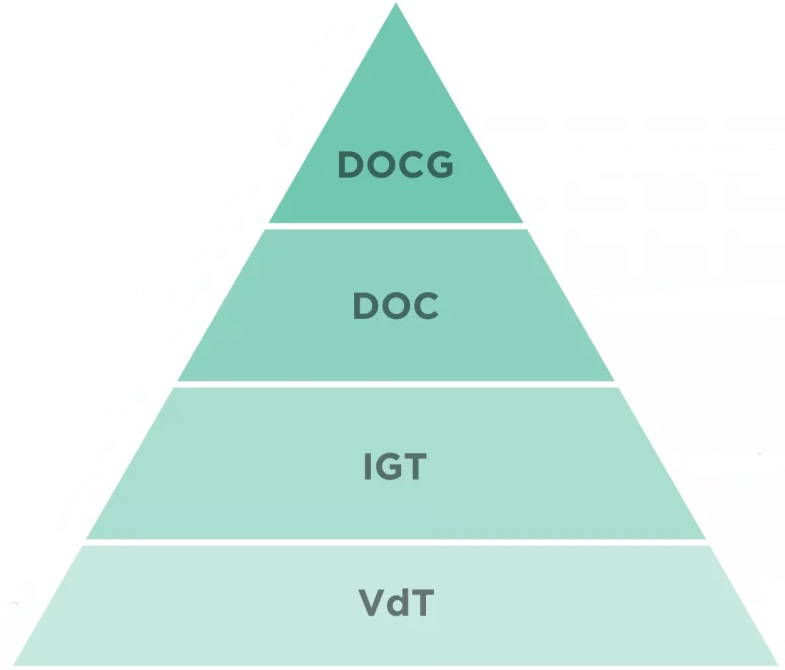
VdT Wines
VdT - Vino da Tavola (Table Wine)
VdT is the lowest level of wine classification in Italy. It is typically designed for high volume bulk wines intended for daily consuption.
In 2008, the EU adopted new rules for wines which included that producers are allowed to indicate the grape varieties and vintage on the label of table wine.
IGT Wines
IGT - Tipica Indicazione Geografica
(Typical geographical indication)

IGT wines are regulated by a set of production regulations and are distinguished by an area of origin which is generally rather large. The production regulations must contain:
- The name of the wine
- The name of the geographical area
- The name of the allowed grape varieties
- The maximum yield of grapes per hectare
- The minimum alcohol content of the wines
- The allowed types of wine
- The allowed production practices
DOC Wines
DOC - Denominazione di Origine Controllata
(Controlled designation of origin)
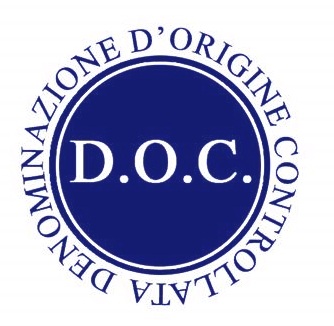
The DOC reulations regulates production areas, grape varieties, bottle and barrel aging, alcohol levels, and vinification techniques.
The production regulations of DOC wines must contain:
- The name of the appellation (the DOC)
- The name of the area of origin of the grapes
- The name of the area where the wine can be bottled
- The maximum yield of grapes and wine per hectare
- The minimum ripeness of the grapes
- The minimum alcohol content of the wines
- The production conditions (climate, soil, elevation)
- The types of training systems and pruning
- The minimum period of ageing in wood and in bottle
- How the sensory analysis examinations are to be carried out
DOC wines are subject to physical, chemical and organoleptic tests during the production stages. The test are carried out by special examination panels.
Both DOCG and DOC wines are also classified under DOP (Denominazione di Origine Protetta) which also covers other agricultural products.
DOCG wines
Denominazione di Origine Controllata e Garantita
(Controlled designation of origin guaranteed)
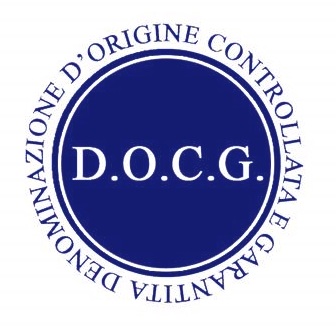
The DOCG was created in 1980 in response to the criticisms that there were too many DOCs and their quality was variable.
DOCG wines are guaranteed the highest quality in the Italian classification system.
DOCG contains the same regulations as the DOC. In addition, each DOCG-labeled wine must be bottled within the production area, and pass a wine quality tasting panel.
The DOCG wines are regulated by a set of production regulations and are distinguished by a very precise area of origin which may also include sub-areas covering a certain village, hamlet, farm, or vineyard.
A DOCG can be a category within a DOC area, for example, a DOCG may exist for a small area within a DOC area or for a version of a DOC appellation e.g. for the 'Superiore' version of a DOC wine.
The production regulations of DOCG wines include the same sort of rules as the DOC wines but with tighter parameters.
The law foresees that the DOCG status be awarded to wines which have been DOC wines for at least 5 years. DOCG wines must pass a double test with the second checks being carried out during the bottling stage. It is obligatory to indicate the vintage on the label (except for sparkling wines).
The Garantia addition also indicates that the quality has been checked by a tasting committee according to the rules that apply in the various DOCG. The designation is marked on the wine's label as well as a banner around the neck of the bottle, green banderole on white wine and pink on red wine.
Both DOCG and DOC wines are also classified under DOP (Denominazione di Origine Protetta) which also covers other agricultural products.
The are 78 Italian DOCG appellations (as of 2024)
PDO Products
PDO - Protected Designation of Origin
In Italian: DOP - Denominazione D'Origine Protetta
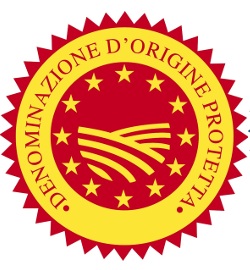
138 Italian products have DOP status(denominazione origine protetta)
DOP is a protection mark for the designation of origin, awarded by law, to food and wines which have particular characteristics, mainly or exclusively to the area where they are produced.
The geographical environment includes natural factors (climate, environmental characteristics) and human factors (production techniques and craftsmanship), which produce a unique product which cannot be replicated outside of a given area.
For a product to get a DOP status, all phases of production, processing and preparation must take place within a defined geographical area.
A producer of DOP prdoducts must follow strict rules set out in the production regulations. Compliance of these rules is checked by a specific body.
To distinguish DOP from IGP, the colours of the DOP logo have been changed from yellow and blue to yellow and red.
PGI Products
PGI Protected Geographical Indication
In Italian: IGP - Indicazione Geografica Protetta
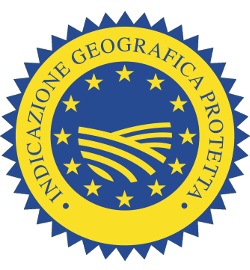
IGP is a mark of origin given to wine and food products which have a certain quality, reputation from the geographical area in which they are produced.
Producers must follow strict rules set out in the regulation. Compliance of the rules is checked by a specific body.
TSG Products
TSG - Traditional Speciality Guaranteed
In Italian: STG - Specialita Tradizionale Garantità
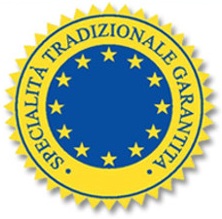
TSG is a mark for traditional food products protected under European Union and/or United Kingdom law. It differs from PDO and PGI in that TSG does not certify that the protected product has a link to a specific geographical area.
4 Italian products are traditional speciality guaranteed (TSG):
Valtellina DOC(G)
Valtellina produces 3 categories of Nebbiolo wines:
- Valtellina Superiore DOCG
- Rosso di Valtellina DOC
- Sforzato di Vallentina DOCG
| Rosso di Valtellina DOC 1968 |
Minimum 90% Nebbiolo (Chiavennasca) Maximum 10% other Lombardia grapes Maximum harvest 10 tonnes/ha Aged minimum 6 months Minimum alcohol 11% |
| Valtellina Superiore DOCG 1998 |
Minimum 90% Nebbiolo (Chiavennasca) Maximum 10% other Lombardia grapes Maximum harvest 8 tonnes/ha Aged minimum 2 years (3 for Riserva) minimum 1 year in barrel Minimum alcohol 12% |
| Sforzato di Valtellina DOCG 2003 |
Amarone style dry passito wine Minimum 90% Nebbiolo (Chiavennasca) Maximum 10% other Lombardia grapes Aged minimum 20 months between barrel and bottle Minimum alcohol 14% |
About Valtellina
"A valley surrounded by high and terrible mountains. But they make really powerful wines." was the summary provided by Leonardo da Vinci in his sketch collection "Codice Atlantico".
Valtellina is a valley in the Lombardy region of northern Italy on the border to Switzerland. It is one of Italy's smallest wine regions, with dramatic high altitude vineyard landscapes, angled as solar panels to the south, on steep slopes and tiny terraces.
Most of the wines in the region are red wines produced on the grape Chiavennasca, a local Nebbiolo varity named after the city Chiavenna.
Italy's greatest grape Nebbiolo, has the local name Chiavennasca in Lombardia, Spanna in northern Piemonte, and Picotener in Val d’Aosta.
Valtellina Wine Road
Valtellina Strada del Vino is a 70 km panoramic road through the terraced vineyards where "Nebbiolo delle Alpi" is made.
The road runs from Ardenno to Tirano in the valley.
On the road, there are wineries that provides wine tasting, guided tours, and the possibility to stay overnight, discover traditional dishes "like grandma used to", while drinking local Valtellina wines, and meat the locals who work in the mountains.
Black Grapes |
White Grapes |
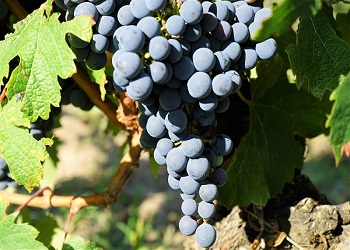
17% Croatina |
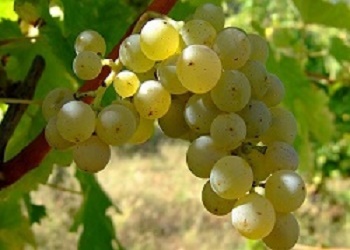
13% Chardonnay |
Red Wines |
White Wines |
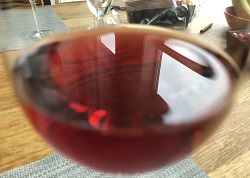
Bonarda |
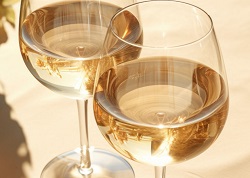
|
Rosè Wines |
Sparkling Wines |
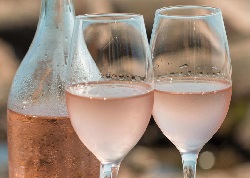
|
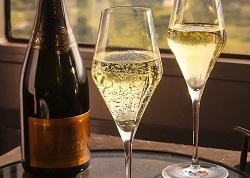
|
Alcohol can be addictive. Always drink in moderation.
© Copyright 2015-2025 W3 Wine School. All Rights Reserved.
